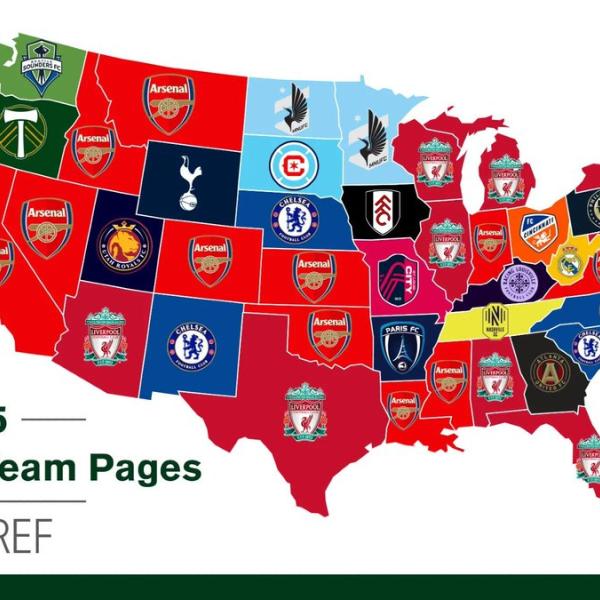As with migratory birds and other animals, soccer fans have an inherent internal clock that signals when vital matters are imminent. This natural sense has been thrown off this summer as the brutal Qatari weather forced the FIFA World Cup to be pushed back until the winter.
In a normal year, the World Cup final would be happening right about now. Instead, we have a little more than four months to wait until the 2022 version of the beloved competition begins.
This provides a unique set of challenges for players, who will take a six-week break less than halfway through their domestic seasons. For a division like the Premier League — which does not have a winter break like Serie A, the Bundesliga or other top European leagues — this shift presents a unique set of challenges.
So wow does the World Cup affect the Premier League schedule? To accompany the unusual timing of the World Cup, Premier League fixtures will begin on Friday, August 5 — one week earlier than last year — and will end on Sunday, May 28 — one week later than last year.
The last EPL matches before the World Cup will be played on Saturday, Nov. 12. The first World Cup match will occur nine days later on Monday, Nov. 21. The Premier League will remain on winter break until Boxing Day — Monday, Dec. 26 — when all 20 clubs will resume their fixtures.
The question then becomes, how does the Premier League make up for five missed matchweeks due to the World Cup when only two weeks are added on to the season?
The answer is not more midweek games — as there are fewer of them in 22-23 than in 21-22 — but fewer international breaks.
In the first half of the 2021-22 EPL season, there were international breaks on the first weekend in September, the second weekend in October and the second weekend in November. This year, the only non-World Cup international break in 2022 is the fourth weekend in September.
Looking into 2023, there will only be one international break during the second half of the Premier League campaign (the fourth weekend in March), as opposed to the usual two breaks.
Take out the three fewer international breaks, add two more weeks to the season and you get a full Premier League schedule that accounts for the five matchweeks canceled by the winter World Cup.

 Home
Home



